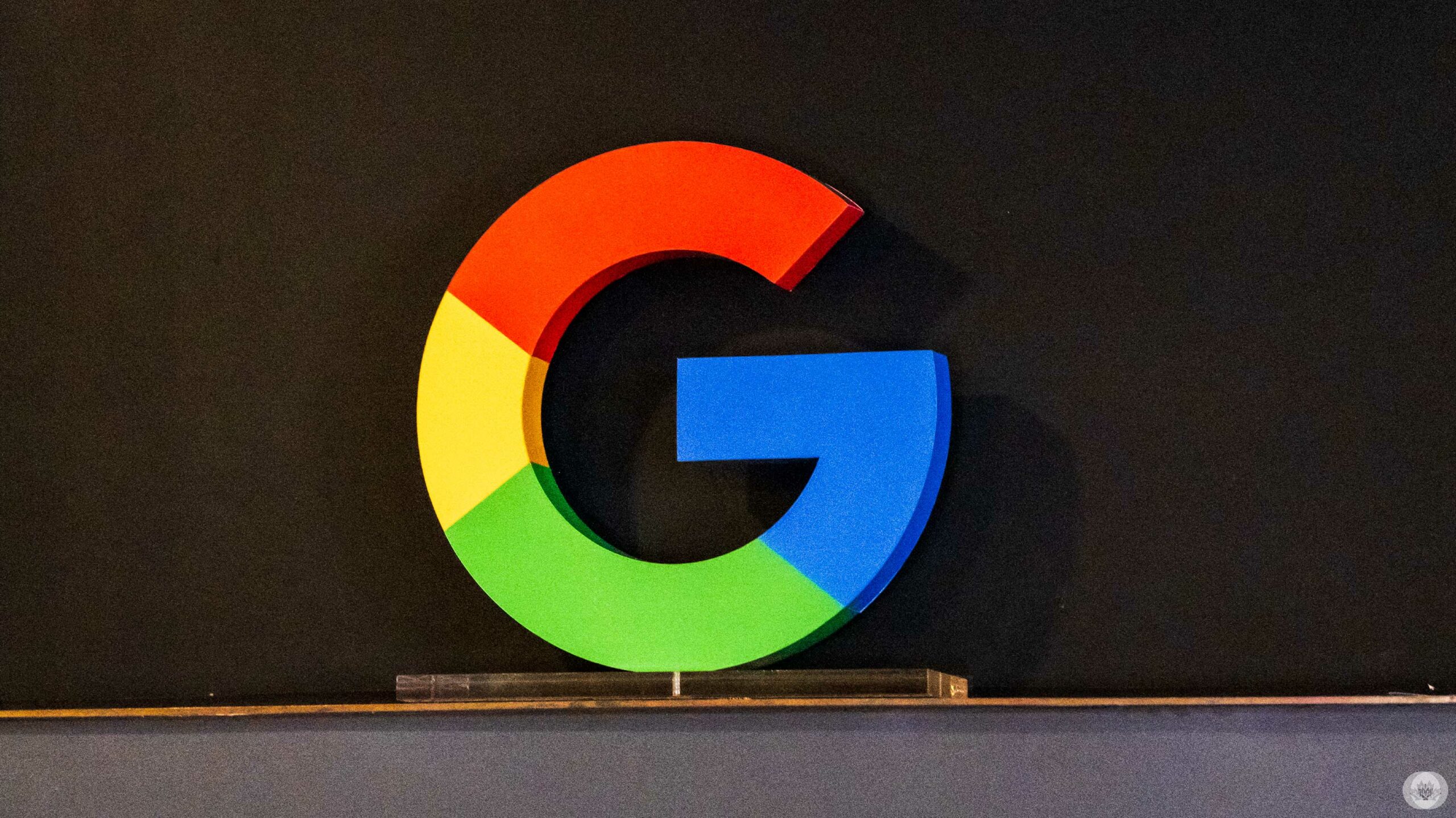
Google is trying to make traffic lights suck less with a little help from artificial intelligence and a ton of Maps driving data.
Dubbed Project Green Light, the initiative started in 2020 aims to generate recommendations for cities to optimize existing traffic light timing to reduce stop-and-go emissions. Green Light does this by using Google Maps’ driving trends to create an AI model to measure how traffic flows through an intersection. This can include patterns of starting and stopping, average wait times, coordination between adjacent intersections and more.
Then, the model identifies possible improvements. For example, shaving a few seconds off a red light during off-peak hours or spotting possible coordination between adjacent intersections that aren’t synced up. Green Light can then share these recommendations with cities, which can review them and implement them as they see fit using existing traffic light infrastructure.
Notably, Green Light isn’t a live system and doesn’t monitor Maps users as they drive around, nor does it adjust lights in real-time. Google even points this out on its Green Light FAQ page, saying Maps users don’t get priority and green lights at intersections.
Instead, the idea leverages aggregated, anonymous data to improve traffic flow for everyone on the road.
Google says Green Light is currently live in 70 intersections in 12 cities, impacting 30 million car rides each month.
Overall, it sounds like a helpful project and it’d be interesting to see it expand to Canadian cities in the future.
Source: Google, (2) Via: Android Authority
MobileSyrup may earn a commission from purchases made via our links, which helps fund the journalism we provide free on our website. These links do not influence our editorial content. Support us here.


